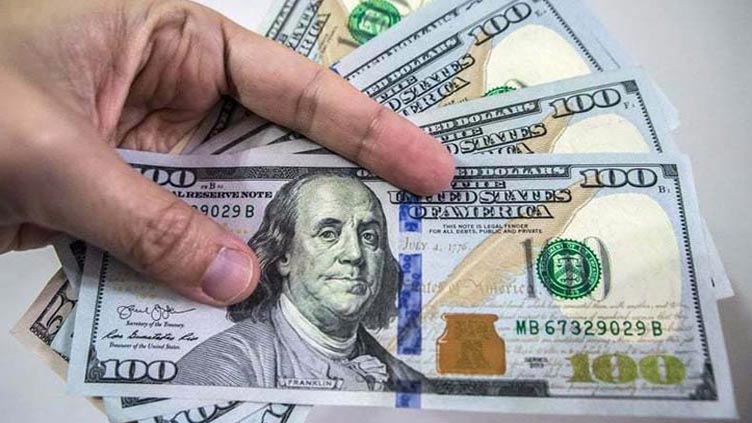Dollar hovers around 15-month low as traders await policy decisions

Business
Dollar’s slide began with yen buying, as investors unwound yen-funded positions in emerging markets
LONDON/SYDNEY (Reuters) – The dollar edged lower on Monday against a basket of currencies after suffering its biggest weekly drop of the year as traders waited on economic data and policy decisions before selling it down any further.
The euro continued climbing, rising 0.15 per cent to hit a fresh 16-month high at $1.12440. Versus the yen the dollar fell 0.27pc to 138.38 yen per dollar, after touching on Friday its lowest against the Japanese currency in two months.
"Last week’s US disinflation shock altered the FX landscape, but a few days without key data releases will tell us whether that impulse can keep the dollar on the back foot as the FOMC risk event draws nearer," said Francesco Pesole, FX strategist at ING.
"Euro/dollar appears a bit overstretched in the short term and could face a correction this week," he added.
Last week's US inflation data fuelled investors' bets that the Federal Reserve was close to the end of its rate hike cycle, and the dollar index had its biggest weekly decline since November 2022, falling 2.25pc on the week.
US producer prices barely rose in June and the annual increase in producer inflation was the smallest in nearly three years, data showed on Thursday, a day after data showed consumer prices rose modestly last month.
Hikes are expected from the Fed and European Central Bank next week, but beyond that market pricing implies the Fed will likely stop, before cuts next year, while in Europe another hike probably beckons.
"The FX market is front running possible normalisation of Fed policy in 2024," said Chris Weston, head of research at broker Pepperstone in Melbourne.
"The question then is whether the dollar sell-off has gone too far and we are at risk of mean reversion early this week."
The US dollar index fell 0.13pc to 99.831.
CHINESE DATA
Elsewhere, Chinese growth data landed little above low expectations on Monday, but without sparking much currency market response as traders had already priced in a sluggish quarter and are waiting to see if the government steps up stimulus to promote spending.
The Australian and New Zealand dollars pulled back, with the Aussie last down 0.34pc at $0.6815 - off last week's peak of $0.6895 - and the kiwi down 0.4pc at $0.6345 after hitting a five-month high of $0.6412 on Friday.
"The data suggests that China's post-Covid boom is clearly over," Commonwealth Bank of Australia strategist Carol Kong said. "But markets already had low expectations, and reaction from here is fairly limited."
Sharp gains in the yen have slowed as traders weigh whether the ultra-dovish Bank of Japan is really likely to make any shifts at its policy meeting next week, given rhetoric suggests they are in no hurry.
The Swedish and Norwegian crowns continued to climb after making gains of more than 5pc on the dollar last week. The Swedish crown rose 0.65pc to 10.1860 against the dollar, the Norwegian crown rose instead 0.4pc to 10.0180.
At $1.3094 sterling was parked just below last week's 15-month peak.


